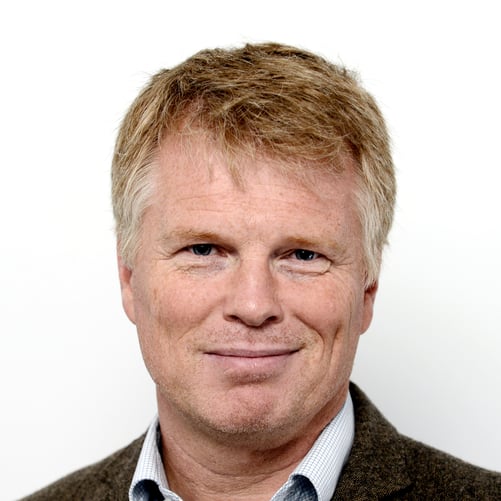According to Ola Honningdal Grytten, professor at NHH Norwegian School of Economics, most macro indicators from institutions such as the World Bank, IMF and statistical bureaus in different countries all show that we are currently experiencing a downturn, the bottom of which is yet to be reached. However, at most, we are in a very mild recession, with the output gap, i.e. the difference between actual GDP and potential GDP at around minus 1%.
– The bigger problems for consumers and some businesses are inflation and high interest rates. Especially the ability of consumers to buy durable commodities and invest in more expensive purchases has decreased. For example, demand for cars, boats and summer houses has fallen significantly. At the same time, consumption of daily consumer goods and services has remained stable or even increased, as consumption has transferred to these areas, Grytten says.
Although many companies are struggling with higher costs because of inflation and high interest rates, Grytten points out that a more severe problem for businesses in all Nordic countries is the lack of skilled labour. So even in a state of mild recession, unemployment rates are relatively low.
– Also, wages are now rising, which could cause a wage-price spiral that central banks are afraid of. Otherwise, inflation will come down gradually, but according to most prognoses, it will struggle to go under 2% before 2025. Presumably in late 2024 or 2025 we will return to a more normal GDP growth rate, Grytten predicts.
Strong export industry in Norway
Considering differences between the Nordic countries, Grytten notes that inflation until the last months has been decreasing more slowly in Sweden and Norway. One of the reasons for this is the fact that the currencies in these countries are currently very weak. Finland and Denmark are more tied to the development of the Euro, and Grytten notes that they have previously had better discipline in their fiscal policies than Sweden and Norway.
– The weak krona can cause Sweden and Norway to have higher interest rates for a longer period than in Finland and Denmark, Grytten says, adding that at the same time, however, the Norwegian export industry is doing really well.
The oil sector in Norway is booming, with high oil prices and increased investments. Also, the country’s other major export industry – fisheries and the marine sector – is enjoying good profitability, thanks to a weak exchange rate.
 Ola Honningdal Grytten, professor at NHH Norwegian School of Economics
Ola Honningdal Grytten, professor at NHH Norwegian School of Economics
Inflation and interest rates not decreasing yet
According to Nordea bank’s latest Economic Outlook report, published in September 2023, the Nordic economies show some divergence, as the countries are at different stages of the economic cycle. The labour markets have been surprisingly resilient in all countries, but Nordea expects a cooldown in the coming period, with lower activity and higher unemployment.
In general, the Danish economy is in great shape, reaching the highest employment level ever, although signs of a mild slowdown are showing. Norway has also proven to be very resilient, but currently households and house prices are feeling the effect of major rate hikes, causing the economy to cool down. Finland, and especially Sweden, have been more affected by significant monetary policy tightening and the global downturn in the manufacturing sector.
According to Kjetil Olsen, Chief Economist for Nordea in Norway, the country is not – technically speaking – in a recession, because activity levels have been broadly stable over the last half-year or so. However, growth will continue to be very sluggish.
– As expected in the current situation, growth in Norway is very close to zero. The target of central banks has been to dampen activity to take away the pressure on prices and wages, which affects every country in the Western world today. The harder question is how high do the interest rates need to go and for how long should they stay at a high level to achieve that? Olsen says.
Norway boosted purchasing power during covid
Olsen notes that the Norwegian economy has held up against rising interest rates even better than expected, considering, for example, that the household sector is one of the most heavily indebted in the world. He points out that one thing separating Norway from the rest of the Nordics – besides the booming oil and export sector – is how the interest rates were reduced when the pandemic struck.
– This meant that people with debt temporarily increased their income during the crisis, and when the rates started to rise again, this only removed the excess income and returned the situation to how it was before covid in terms of purchasing power, Olsen points out.
He adds that the consumption of goods increased significantly during the pandemic, and that consumption has first normalised and is now falling below the trend line. Purchases of more expensive items have dropped most dramatically within the goods sector.
– One sector that has been massively impacted by increasing interest rates is housing and construction. The construction of new houses has almost completely come to a stop. People are hesitant to buy houses now, not knowing what the price level will be two years down the road when their new home is delivered, Olsen concludes.


